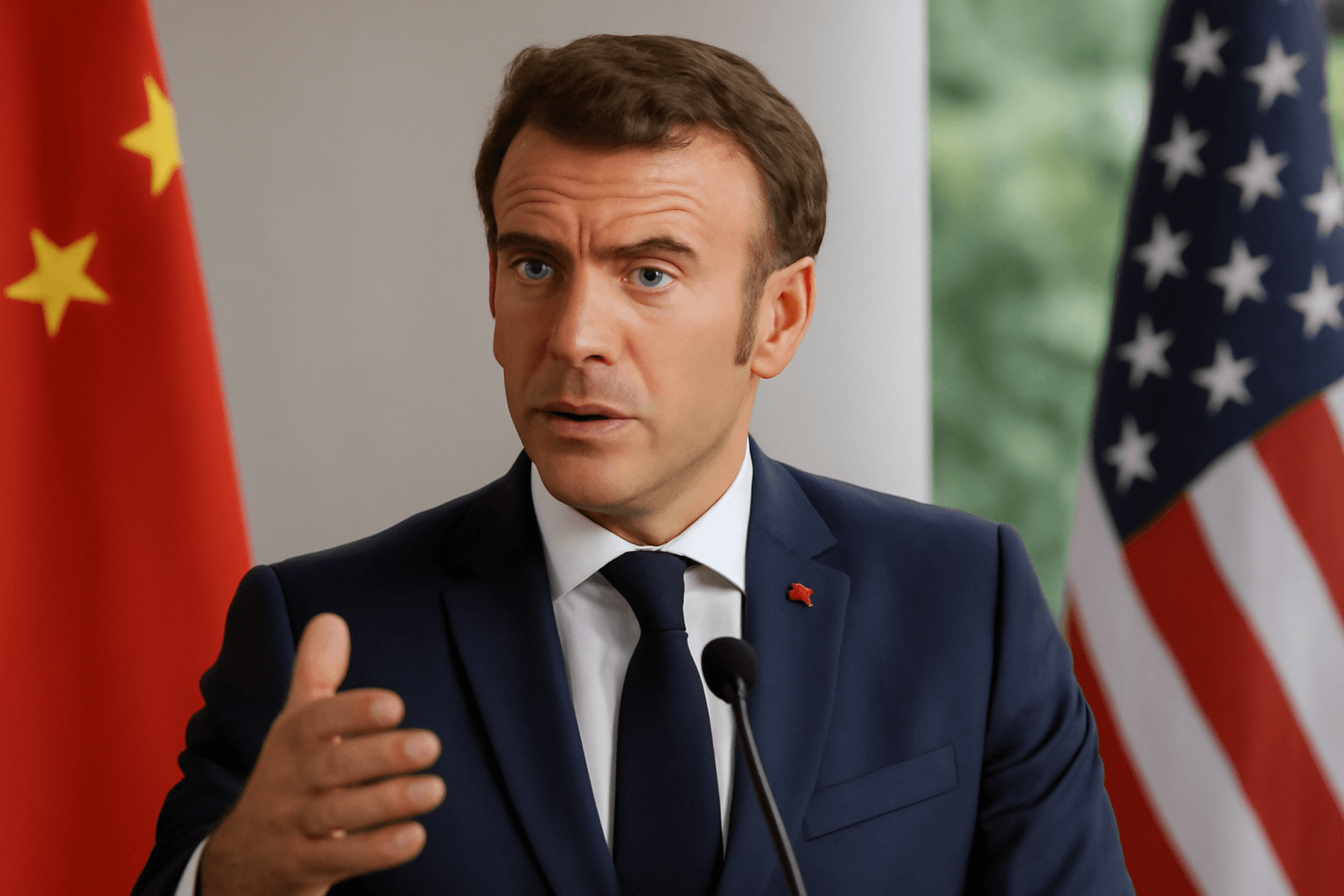Italy's Bold Banking Consolidation Faces Unexpected Roadblocks
By mid-2025, Italy was abuzz with a frenzy of merger and acquisition activities among its leading banks, promising a new chapter of consolidation and competitiveness in the European financial landscape. Yet, just months later, several of these high-profile bids have faltered, underscoring the complex interplay between shareholder interests, government intervention, and broader market dynamics.
The Rise and Stall of Italy’s Banking Takeover Battles
The wave began with aggressive bids from top-tier lenders seeking to expand their footprints. However, the summer brought a sharp slowdown. Notably, a July bid collapsed after the invoking of Rome’s "golden power" rule—designed to protect critical national assets—highlighting how political and regulatory factors can abruptly shift M&A trajectories.
In a dramatic twist, shareholder opposition derailed a roughly €7 billion offer aimed at countering state-backed Monte dei Paschi di Siena’s (MPS) ambition to secure at least 35% of Mediobanca. Despite the setbacks, MPS remains a key player, underscoring the enduring strategic battles within Italy's banking sector.
Why Consolidation Matters in Italy’s Financial Sector
Across Europe, banks have been eyeing mergers as a pathway to gain scale and bolster competitiveness, especially against the backdrop of U.S. financial giants with deeper pockets and stronger investment banking operations. Italy’s banking sector, with its historically fragmented structure, exemplifies why consolidation is seen as a vehicle to support larger corporate investments—particularly those tied to burgeoning European and national defense initiatives.
Fitch Ratings recently described Italy’s banking system as "more fragmented" than its continental peers, strengthening the case for consolidation to improve efficiency and resilience. Deutsche Bank analysts add that while Italy’s economy recently outpaced many Eurozone counterparts, sustaining this momentum will require a shift from investment-driven to consumption-led growth, especially amid rising global trade tensions exacerbated by U.S. tariffs.
The Outlook: M&A Momentum Not Dead Yet
Despite high-profile failures, experts insist the consolidation drive is far from over. Filippo Maria Alloatti of Federated Hermes Limited points to recent successful deals such as Banca BPER’s acquisition of Banca Sondrio and Banca Ifis’s takeover of Illimity Bank as signs of ongoing sector reshaping. He highlights looming possibilities like a merger involving Credit Agricole Italy and Banco BPM, which could redefine Italy’s banking landscape in the coming years.
Similarly, William Cain from Mergermarket underscores a growing chance that MPS will succeed in securing a significant stake—possibly beyond the 35% threshold—in Mediobanca. This would mark a decisive shift, given shareholders' clear message from earlier votes opposing standalone strategies.
Beyond Borders: Italy’s Banks Eye European Expansion
Italian banks are not limiting ambitions domestically. UniCredit, Italy’s largest lender, has taken substantial positions in German Commerzbank and Greece’s National Bank of Greece, prompting speculation of possible cross-border mergers despite resistance from regulators and local governments.
Stefano Caselli, dean of SDA Bocconi School of Management, frames Italy’s experience as a microcosm for the European Union’s broader challenge in nurturing cross-border banking mergers. "Italy has become a vital testing ground for how M&A can evolve across the EU," he notes.
Government Intervention and EU Scrutiny: Double-Edged Swords
Government involvement has emerged as both a safeguard and a complicating factor. Italy’s use of “golden powers” to screen foreign or large-scale financial transactions aims to protect national interests but has also been criticized for disrupting market dynamics. The European Commission’s interventions—questioning Rome’s stakes in MPS and regulatory conditions on UniCredit—further illustrate the delicate balancing act between national sovereignty and EU-wide market integration.
Caselli observes, “Governments face a tricky mandate: they must shield taxpayers and stabilize banks while ideally remaining impartial. Achieving all simultaneously is an ongoing challenge.”
The Broader European Context: Fragmented Integration
The EU’s banking union, established post-financial crisis to unify supervision and boost cross-border consolidation, has yet to fully deliver on its promise. ECB’s Claudia Buch remarks on the slow progress: with approximately 75% of lending still home-market focused and few truly European banking models emerging, cross-border mergers remain rare.
Though the total number of EU banks has declined since 2009, with around 4,752 active as of mid-2025, many mergers persist on a domestic basis. Jose Manuel Campa, chairman of the European Banking Authority, voices frustration at the lack of pan-European mergers, emphasizing the need for more integrated market logic.
Editor’s Note
The story of Italy’s banking M&A rollercoaster offers a revealing glimpse into the intricate dance between market forces, national interests, and supranational regulations. As Italy grapples with balancing domestic economic goals against EU ambitions, the ultimate path toward a streamlined, competitive banking sector remains uncertain.
Critical questions arise: How will Italian regulators and the government calibrate their protective instincts without stifling growth? Can the EU accelerate banking union reforms to enable more seamless cross-border consolidations? And amidst geopolitical and economic tensions, what strategies will European banks adopt to remain competitive on the global stage?
For policymakers, investors, and industry watchers alike, Italy’s banking saga underscores the challenges—and opportunities—of fostering a dynamic yet resilient financial ecosystem in an era of evolving risks and rewards.
By weaving together on-the-ground reporting with expert insights, this piece aims to empower readers with a deeper understanding of Italy’s banking consolidation landscape and its wider European implications.



















